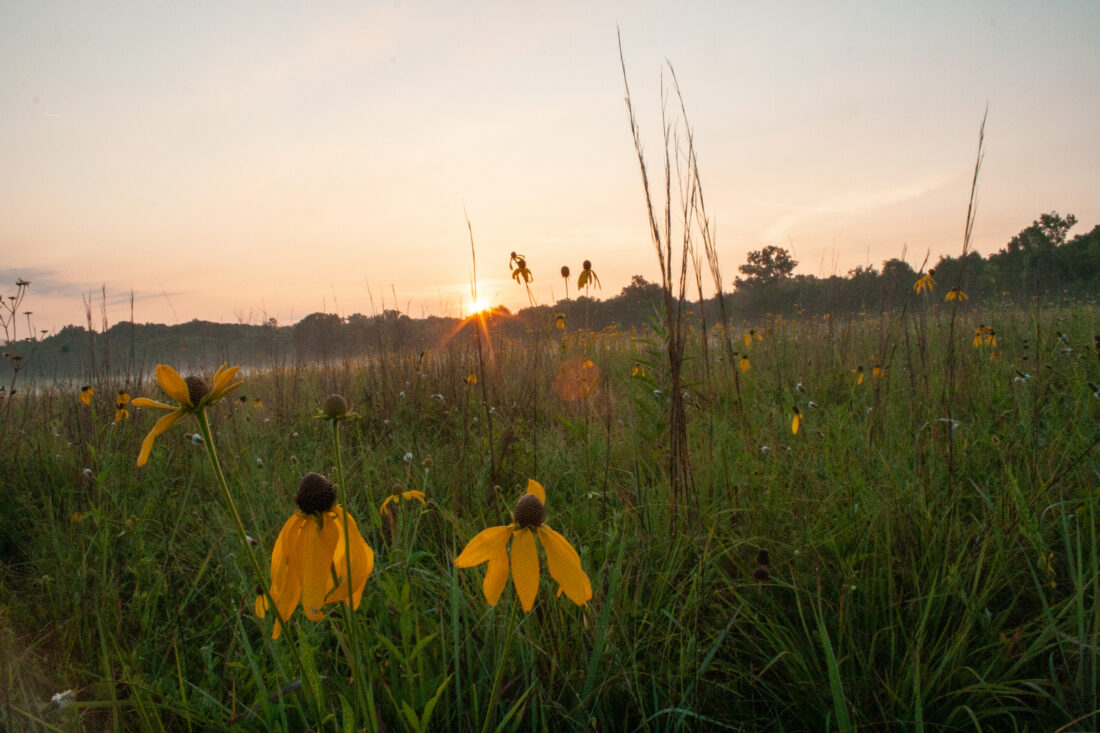Spanning 444 miles of land and centuries of pivotal U.S. history, the Natchez Trace Parkway begins on the western outskirts of Nashville and winds its way through three states to its southern terminus in Natchez, Mississippi. The people of the Choctaw, Chickasaw, and Natchez nations first established this expansive trading route; President Franklin Roosevelt initiated road construction in 1938 under the New Deal, and some seven decades later, the Natchez Trace Parkway was completed in 2005.
Today, the parkway is a nature-rich byway brimming with interesting towns, overlooks, battlefields, Native American mounds, bridges, and more points of interest, marked by mileposts to help drivers and cyclists plan their stops. Tackling the Trace? Here’s where to pull off along the North Mississippi section, a particularly scenic stretch of the famed route.
Know before you go
The seasons will play a significant supporting role in your time driving the Natchez Trace Parkway. Summer is lush and green, with the road densely shaded by the tree canopy. Come October, the leaves turn the landscape into a life-sized watercolor painting, especially toward the northern end of the parkway. Spring comes alive with wildflowers as early as March.
“Consider what time of year you want to travel the parkway to have your best experience,” says Dan Kerber, park ranger for the National Park Service, which oversees the roadway’s entire length. There are three official visitors’ centers along the Natchez Trace Parkway: in Hohenwald, Tennessee; in Tupelo, Mississippi; and in Natchez. Kerber recommends leaning into the expertise of the rangers staffing these centers to plot out your stops. And don’t forget to abide by the posted speed limits.
What to see in North Mississippi
The Natchez Trace Parkway is a multi-day experience, but it’s also doable to divide and conquer sections at a time. If you’re just traveling through North Mississippi, for example, you could drive straight through from where the parkway crosses the Alabama state line near Tishomingo to the capital of Jackson in just under four hours. Or you could take the time to absorb the history and natural beauty by stopping at these mile markers:
• Tishomingo State Park (milepost 304) Named for Chickasaw Nation leader Chief Tishomingo and blanketed in boulders, moss, and dense vegetation, this is a great spot to experience peak foliage in autumn as well as go hiking, rock climbing, fishing, or picnicking with a waterfall as your backdrop. Be sure and take a photo on the iconic, two-hundred-foot-long Tishomingo Swinging Bridge.
• Dogwood Valley (milepost 275.5) At Dogwood Valley, you can stretch your legs, marvel at the stand of towering dogwood trees, and glimpse the Sunken Trace, the original path Indigenous tribes took in the 1700s and 1800s before the waterlogged path became too muddy to travel by foot, horse, or wagon.
• Tupelo (milepost 266) Tupelo is home to Elvis, sure, but it was also the site of significant Civil War battles. More than twenty thousand Union and Confederate soldiers fought at Tupelo National Battlefield in 1864, resulting in two thousand casualties. Learn more about that clash—as well as what else to do in the area—at the Natchez Trace Parkway Visitor Center just outside of Tupelo, then take a self-guided tour of the battlefield. Brices Cross Roads, another national battlefield site, is nearby in Baldwyn.
Off the Tupelo exit, you’ll also find blackland prairie and oak hickory forests, which are unique to the parkway, according to Kerber. Bikes aren’t allowed on the Blackland Prairie Trail; this six-mile section of the Natchez Trace National Scenic Trail—portions of which follow the original Old Natchez Trace—was developed specifically for hiking and horseback riding.
• Chickasaw Village Site (milepost 261.8) With a population of about two thousand people, this former Chickasaw village and fort is now outfitted with interpretative signage, foundation markers, and a nature trail.
• Bynum Mounds (milepost 232) Hundreds of sacred Native American mounds populate Mississippi, and you can learn about their cultural significance by touring Bynum Mounds, originally a series of six mounds that were excavated by archaeologists in the 1940s. The oldest mound site along the parkway, these earthen structures date as far back as 100 BCE.
• Ridgeland (milepost 102.4) Just north of Jackson, Ridgeland is a paradise for boating and water recreation thanks to the sprawling Barnett Reservoir with its 105 miles of shoreline encompassing sixteen parks, five campgrounds, twenty-two boat launches, and twenty-three miles of trails. Ridgeland also boasts the 20,000-square-foot Bill Waller Crafts Center, which exhibits and sells textiles, ceramics, paintings, jewelry, and other wares from hundreds of Southeastern artists.








